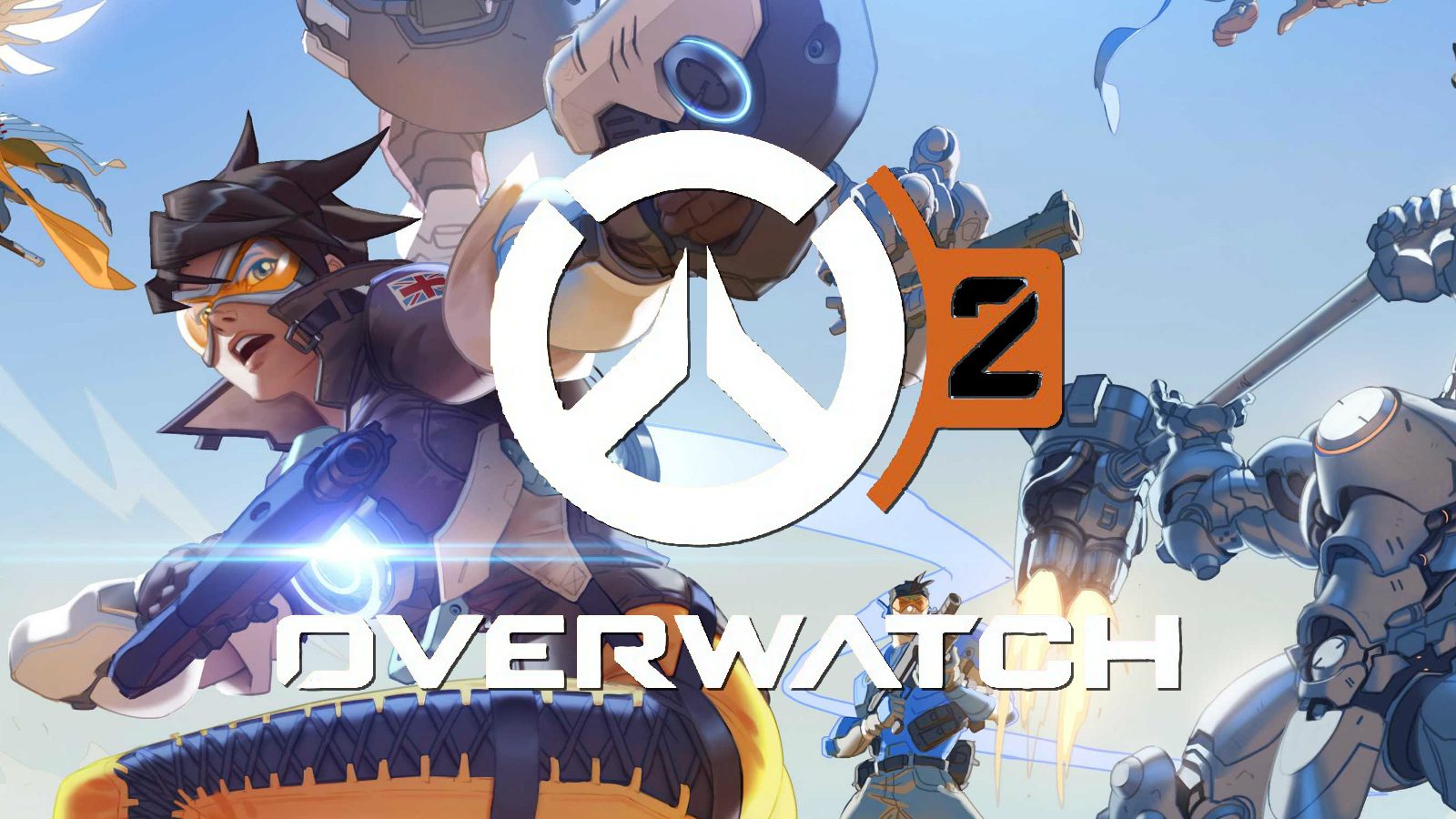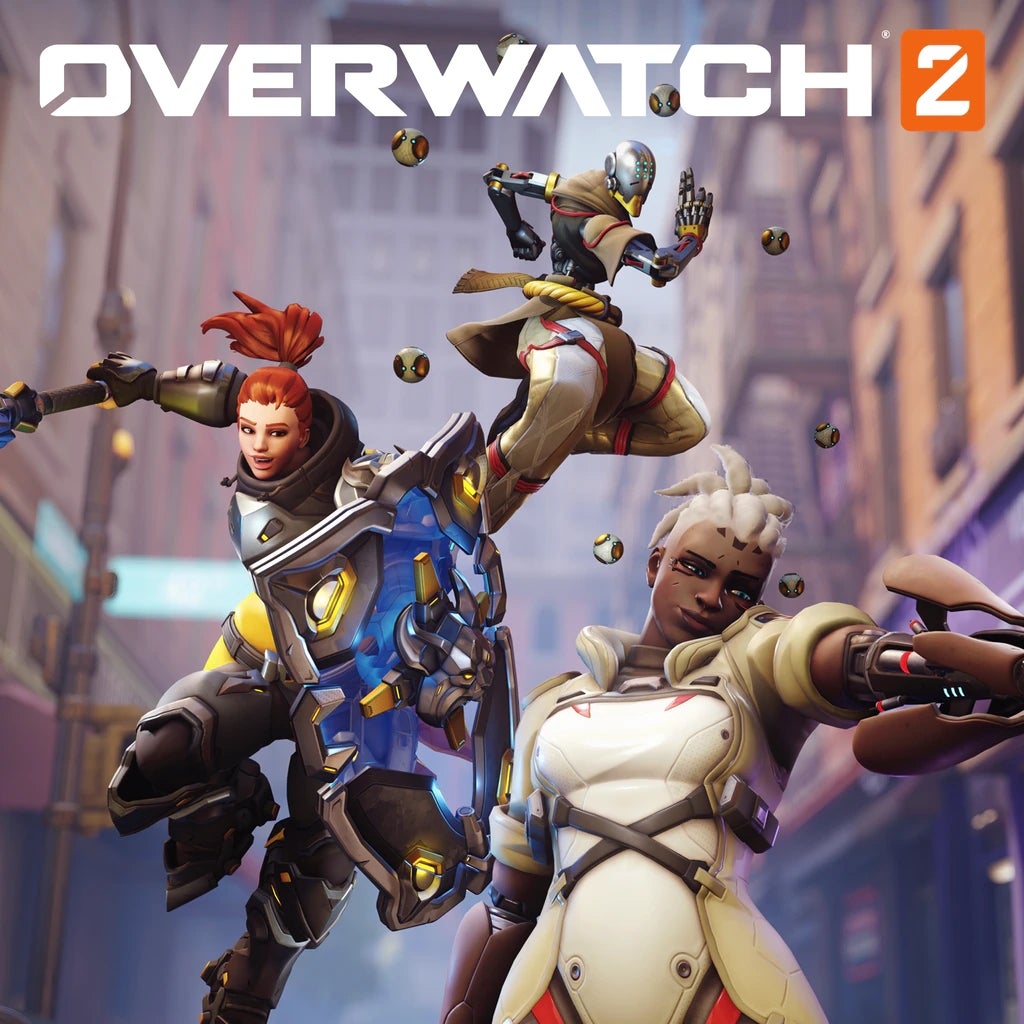Overwatch 2: A Revolution or a Misstep? Examining Blizzard’s Evolving Hero Shooter
Overwatch, the vibrant and engaging hero shooter that burst onto the scene in 2016, captivated millions with its diverse cast, strategic team-based gameplay, and optimistic vision of the future. Developed by Blizzard Entertainment, it quickly became a cultural phenomenon, spawning esports leagues, merchandise, and a dedicated fanbase. However, after years of stagnation and dwindling content updates, Blizzard announced Overwatch 2, a sequel promising to revitalize the franchise with new modes, heroes, and a significant shift in its core gameplay loop. The game’s launch in 2022 was met with a mix of excitement, skepticism, and ultimately, controversy. This article delves into the journey of Overwatch 2, exploring its development, key changes, the controversies that plagued its release, and its current state within the gaming landscape.
The Promise of a Sequel: Development and Vision
Overwatch’s initial success was undeniable, but as time wore on, the game began to show its age. Content updates slowed, and the meta became increasingly stale, leading to a decline in player engagement. Recognizing the need for a refresh, Blizzard announced Overwatch 2 at BlizzCon 2019. The initial reveal showcased a compelling vision: a narrative-driven campaign mode that would delve deeper into the lore of the Overwatch universe, along with new hero designs, maps, and a revamped PvP experience.
One of the central pillars of Overwatch 2 was its PvE campaign. This mode promised to expand upon the game’s existing lore, allowing players to experience the Overwatch story firsthand through cooperative missions. Players would be able to level up their heroes, unlock new abilities, and customize their playstyles. This was a significant departure from the original game’s focus on competitive multiplayer, and it generated considerable excitement among fans who had been clamoring for more story content.
In addition to the PvE campaign, Overwatch 2 also aimed to revamp the PvP experience. The most significant change was the shift from 6v6 to 5v5 gameplay. This decision was intended to streamline the game, reduce the complexity of team compositions, and place a greater emphasis on individual player skill. The developers believed that 5v5 would make the game more accessible to new players and more engaging for veterans.
Gameplay Overhaul: 5v5, New Heroes, and Battle Passes
The transition to 5v5 was a bold move that fundamentally altered the dynamics of Overwatch. With one fewer tank on each team, the role of tanks became more impactful, demanding greater individual skill and awareness. Damage heroes also had to adapt to the new landscape, as they now had more opportunities to make game-changing plays. Supports, meanwhile, had to become more self-sufficient, as they could no longer rely on a second tank to provide as much protection.
Along with the shift to 5v5, Overwatch 2 introduced a number of new heroes, each with unique abilities and playstyles. These heroes were designed to complement the existing roster and add new layers of depth to the game’s strategic possibilities. Sojourn, for example, is a versatile damage hero with a powerful railgun that rewards accurate aim. Kiriko, a support hero, can heal allies and cleanse them of negative status effects, while Ramattra, a tank, can transform into a powerful Nemesis form to unleash devastating attacks.
One of the most controversial changes in Overwatch 2 was the introduction of a battle pass system. In the original Overwatch, players could earn loot boxes by playing the game, which contained cosmetic items such as skins, sprays, and voice lines. In Overwatch 2, loot boxes were replaced with a battle pass, which players could progress through by completing challenges and earning experience points. While the battle pass offered a more predictable way to unlock cosmetic items, it also introduced a sense of FOMO (fear of missing out) and required players to grind for rewards. Some new heroes were also locked behind the battle pass, which sparked controversy among players who felt that it was unfair to pay to unlock essential gameplay content.
Controversies and Criticisms: A Rocky Launch
The launch of Overwatch 2 was plagued by a series of controversies and criticisms. Server issues, long queue times, and bugs were rampant in the early days, frustrating players who were eager to jump into the game. The decision to require players to link a phone number to their Battle.net account in order to play was also met with backlash, as it was seen as an invasion of privacy and a barrier to entry for some players.
The removal of the original Overwatch was another point of contention. Blizzard had stated that Overwatch 2 would replace the original game, meaning that players could no longer access the original Overwatch servers. This decision was criticized by some players who felt that it was disrespectful to the legacy of the game and that it forced them to upgrade to Overwatch 2, even if they were not interested in the new features.
The monetization of Overwatch 2 was also a major source of criticism. The game’s battle pass system, cosmetic prices, and hero unlock requirements were seen as overly aggressive and predatory by some players. Many felt that Blizzard was prioritizing profit over player enjoyment and that the game had become pay-to-win.
Current State and Future Prospects: A Game in Transition
Despite the controversies and criticisms, Overwatch 2 has managed to maintain a dedicated player base. Blizzard has been actively addressing the game’s issues, releasing patches and updates to fix bugs, improve server stability, and adjust the balance of heroes. The developers have also listened to player feedback and made changes to the game’s monetization system, such as making heroes more accessible to free-to-play players.
The future of Overwatch 2 remains uncertain. The cancellation of the PvE campaign was a major blow to the game’s long-term prospects, as it removed one of the key features that had been promised to players. However, Blizzard has stated that they are still committed to expanding the Overwatch universe through other means, such as short stories, comics, and animated shorts.
Overwatch 2 is a game in transition. It has undergone significant changes since its launch, and it continues to evolve as Blizzard responds to player feedback and adapts to the changing landscape of the hero shooter genre. Whether Overwatch 2 can recapture the magic of the original game remains to be seen, but it is clear that Blizzard is committed to supporting the game and providing players with a compelling and engaging experience. The game’s success will ultimately depend on Blizzard’s ability to balance its monetization strategies with the needs and desires of its player base, as well as its ability to deliver on its promises of new content and innovative gameplay features.

